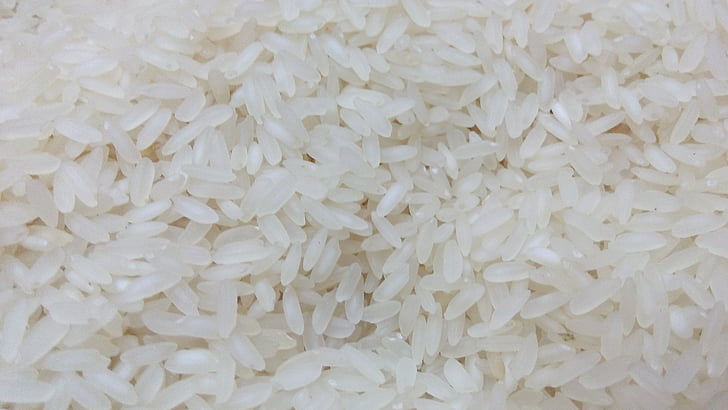The Philippines is making inroads on the rice imports’ record which China has held since 2019. The U.S. Department of Agriculture (USDA) reported that the southeast-Asia nation will surpass China’s imports for the 2023/24 period.
The Philippines might end up importing 3.9 million tonnes in the 2023/24 market year. This will be above the 3.5 million tonnes of China’s revised rice imports for the same period.
Agriculture officials in Manila have, nevertheless, chosen to differ by disputing the projections.
Manila downplayed the USDA projections in a television comment. An unnamed agriculture official disputed the predictions on a September 14, 2023 telecast, averring that “they missed the mark.”
This comes at a time of low rice supplies and fluctuating prices worldwide. The ongoing bullish prices due to a ban on non-basmati rice exports by India has seen the Philippines hold its horses.
There has been a drop in prices in neighboring Thailand, however, in mid-September from $656 to $643 per ton, With this good sign, Manila has renewed rice imports.
Signs of whether Philippines will emerge Top Rice Importer
Price was one of the tell-tale signs of a growing government concern for meeting home demand. President Marcos put a price floor on rice on August 31, 2023. The retail cost of well-milled “palay” rice dropped a 30% August, 2023 hike to 45 pesos ($0.79) a kilo.
Rice inflation has, however, continued despite the lowered prices. This is due to tight international supplies that are affecting the price cap at home. In the week ending September 17, the state’s central bank even considered to tighten monetary supply to manage a surge in commodity prices.
Before the state’s subsidization, rice prices had risen exponentially in August, 2023, sometimes hitting the P56 ($0.99) per kg mark. This was higher than in 2018, a pricey year that prompted the country to stop putting limits on rice imports.
The consumer cost would remain high for much of 2023. The government’s retail ceiling of P41 or 72 U.S. cents per kg starting September 1, 2023 finally reined in prices.
The rising consumption rate of this staple grain predicts more rice imports for the Philippines. For a country of 110 million (2021 census estimate), the south-east Asian nation consumes 133 kg of rice per capita. This is among the highest in the world.
Ultimately, the current demand surpasses supply. The 2023/24 production of rice within the Philippines will be within 12.6 million metric tonnes. However, the country needs 16.5 million metric tonnes to meet local consumption.
